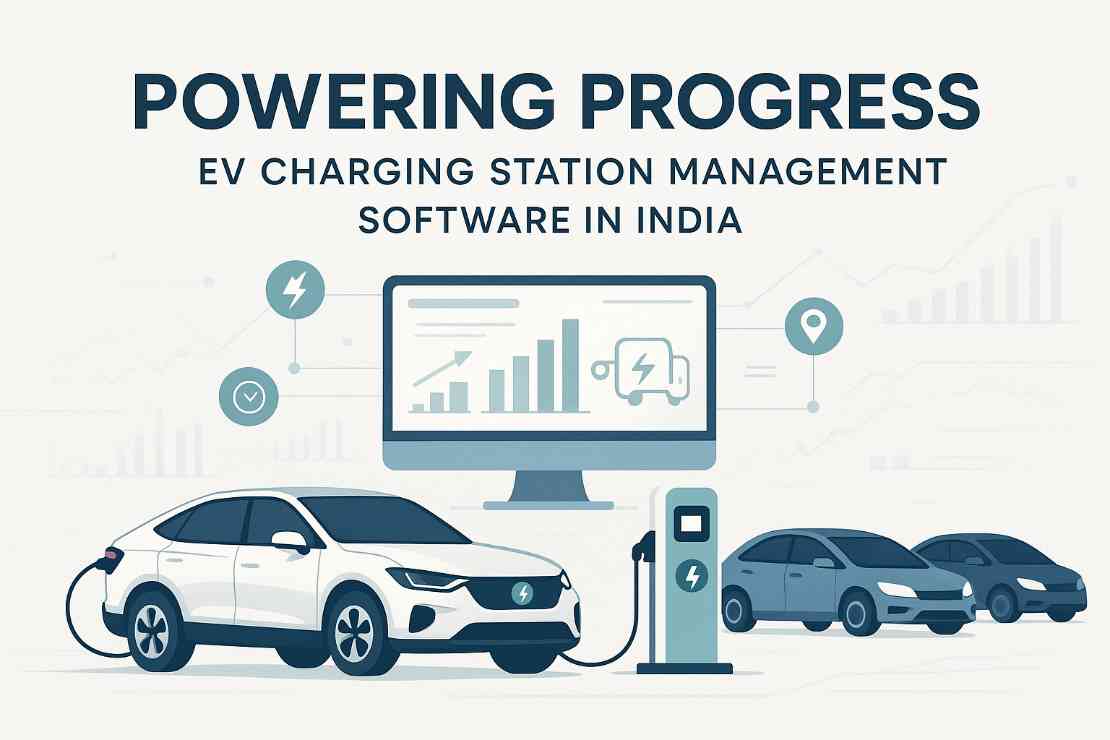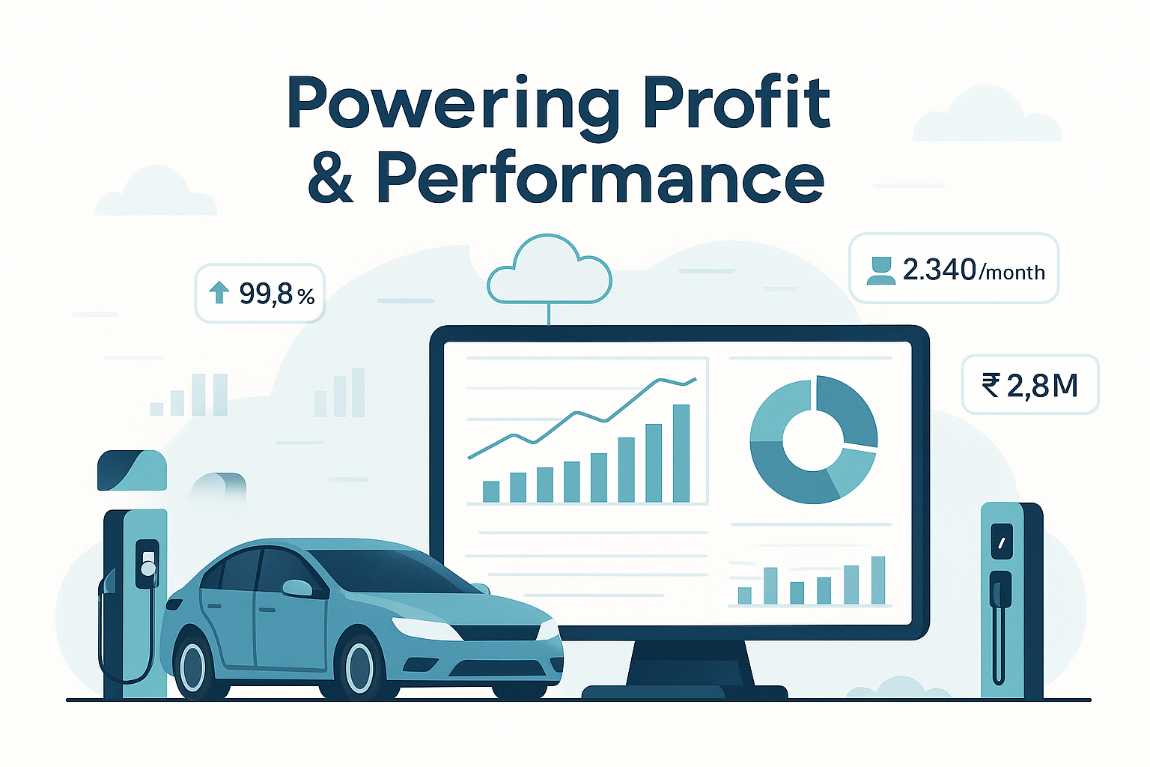The rapid growth of electric vehicles (EVs) across the United Kingdom reflects a broader commitment to sustainable, environmentally conscious transport. As more drivers switch from petrol to electricity, the demand for reliable and accessible charging infrastructure has increased significantly.
One of the most effective solutions to make charging simple and seamless is the use of electric car charging cards. These cards enable drivers to access thousands of public charging stations across the UK without hassle. Whether you are an experienced EV owner or are considering your first electric vehicle, understanding how charging cards work—and how to choose the right one—can transform your day-to-day driving experience.
Below, you will find a detailed guide to everything you need to know about charging cards in the UK: their benefits, how to evaluate them, and the key features that make them essential.
Why Use an Electric Car Charging Card?
Convenience and Access Across Multiple Networks
A charging card is primarily designed to streamline access to public charging points. Instead of juggling numerous apps and accounts, drivers can rely on a single RFID-enabled card to connect to a wide range of networks.
When you arrive at a compatible charging station, tapping your card initiates the charging session automatically. This eliminates the need to enter payment details or wait for transaction approvals, saving time and reducing stress—especially if you often travel long distances or drive through unfamiliar areas.
Charging cards commonly provide access to hundreds of thousands of charging stations, allowing you to plan trips confidently without worrying about where to recharge.
Cost Flexibility and Predictable Expenses
Another compelling benefit is cost management. Charging providers typically offer multiple payment models to suit different usage patterns:
- Pay-as-you-go arrangements let you pay only when you use a charger, perfect for occasional drivers.
- Subscription plans can lower your per-session rates, ideal if you regularly drive long distances or rely on public charging several times per week.
This flexibility ensures that your charging expenses remain aligned with your driving habits, avoiding unnecessary costs while maintaining access to the entire charging network.
Simplified Billing and Energy Integration
Some charging cards are designed to integrate your vehicle charging expenses with your household electricity bills. By unifying domestic and vehicular energy usage into a single monthly statement, you can track consumption more easily and budget more accurately.
This integration offers greater visibility into your energy footprint and allows you to manage all electricity costs through one point of contact.
How to Choose the Right Electric Car Charging Card

Selecting the right card requires thoughtful consideration of several key factors. While cost is important, other criteria will ultimately determine how well a card fits your lifestyle.
Network Compatibility and Coverage
One of the first aspects to evaluate is network compatibility. With more than 20 different charging networks operating across the UK, a card that works across as many as possible will save you from needing separate accounts or payment methods.
If you travel abroad, look for cards that provide coverage throughout Europe, ensuring uninterrupted access across borders.
It is also wise to consider the density of charging stations on your most frequent routes. A card that offers a wide range of charging options—especially in rural or less populated areas—will offer better peace of mind and flexibility.
Additional Features and Technology
Modern charging cards often come with apps or online dashboards that offer valuable tools:
- Real-time updates about charger availability.
- Transparent pricing for each station.
- Session monitoring, allowing you to track progress remotely.
- Route planning to include convenient charging stops.
These features can significantly reduce the time spent planning trips and ensure you always have access to reliable charging.
Common Payment Options and Access Models
Electric car charging cards typically support one or more of the following payment models:
- Pay-as-you-go: Only pay when you charge, with no fixed monthly fees. This option is best if you drive less frequently.
- Subscription: A monthly or annual fee that often includes discounted rates, priority access, or unlimited use of certain stations. This model benefits drivers who need to charge regularly.
- Integrated Billing: Some cards combine your home energy and EV charging expenses into a single invoice.
Each approach has its advantages depending on how often and where you drive.
Conclusion
Electric car charging cards have emerged as essential tools for UK EV drivers seeking convenience, cost efficiency, and flexibility. These cards eliminate the barriers of separate payments, multiple apps, and unpredictable access, empowering you to focus on the road ahead rather than worrying about where and how to recharge.
By understanding how charging cards work and carefully comparing your options, you can choose a solution that aligns with your lifestyle and driving habits. As electric vehicles become more popular, having the right charging card will play a vital role in making electric driving accessible and stress-free.
Frequently Asked Questions (FAQs)
1. What are the benefits of paying a subscription fee for a charging provider?
Subscriptions often provide reduced per-session charging rates, more predictable monthly costs, and sometimes additional benefits such as unlimited or discounted charging, as well as priority access to busy stations.
2. Are there differences between free and paid charging providers?
Yes. Paid providers typically offer lower costs per charge, better network integration, and more advanced features such as mobile apps and real-time updates. Free providers may have fewer locations, less comprehensive support, and higher per-use fees if you charge frequently.
3. Should I choose a monthly subscription or a pay-as-you-go plan?
This choice depends on your driving habits. If you charge your vehicle several times a week, a subscription plan can help you save money and simplify your billing. For occasional drivers, pay-as-you-go options are often more economical, as you only pay when you use a station.
4. Do charging cards include access to rapid chargers?
Many cards offer access to rapid chargers, but availability varies by network and location. Be sure to check which stations support rapid charging and whether your vehicle is compatible.
5. How do integrated billing systems work?
Integrated billing consolidates your home electricity and vehicle charging costs into a single statement, making it easier to track energy usage and expenses.
6. Can I switch between subscription and pay-as-you-go models?
Most providers allow you to switch plans if your needs change. For instance, you might start with pay-as-you-go and move to a subscription as you begin driving more frequently.
7. What role do mobile apps play in the charging process?
Mobile apps can show which stations are available, display charging costs, and let you monitor your session remotely. Some also provide route planning tools to optimize where you charge during trips.
8. How do I determine which card best suits my needs?
Evaluate the following:
- Where you typically drive and whether the card covers those areas.
- How often you charge.
- Whether you prefer the predictability of subscriptions or the flexibility of pay-as-you-go.
- The value of additional features like apps and integrated billing.


%20(1).jpeg)





